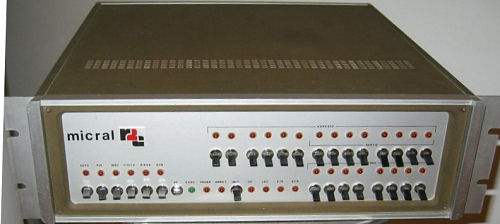I managed it to downgrade a Turbo PASCAL (5.5) Source of a Z80 Assembler to a Turbo PASCAL 3.0 version...
Sunday, January 25, 2009, 12:00 AM
Posted by Administrator
... and it can be compiled on DOS error free. Now I tried it on CP/M 3.0 and guess what happens ?
It was
too big, over 50KB size was too much for the Compiler. So I was reminded on these days and the size limitations suddenly again :-(
I am sure it can be stripped from all comments, and also from unnecessary blanks inside the source file, and then it will work even with CP/M again.
Now somebody can ask for the reason I tried this. There are many Z80 Assembler available, and many are very useful and runs smooth.
But there are no source code version of these Assembler available, and even if so, they are written in assembler also, a few in C. But so far I didn't found any source code for
Turbo Pascal 3.0, and so it was very exiting for me to get one.
I will try to publish a ready compiled version as soon as I get time to strip that source code down, under DOS (with TP 3.0) it runs already smooth.
Update: You can download the whole package from
http://www.z80.eu/downloads/asmz80.zip







 Random Entry
Random Entry




